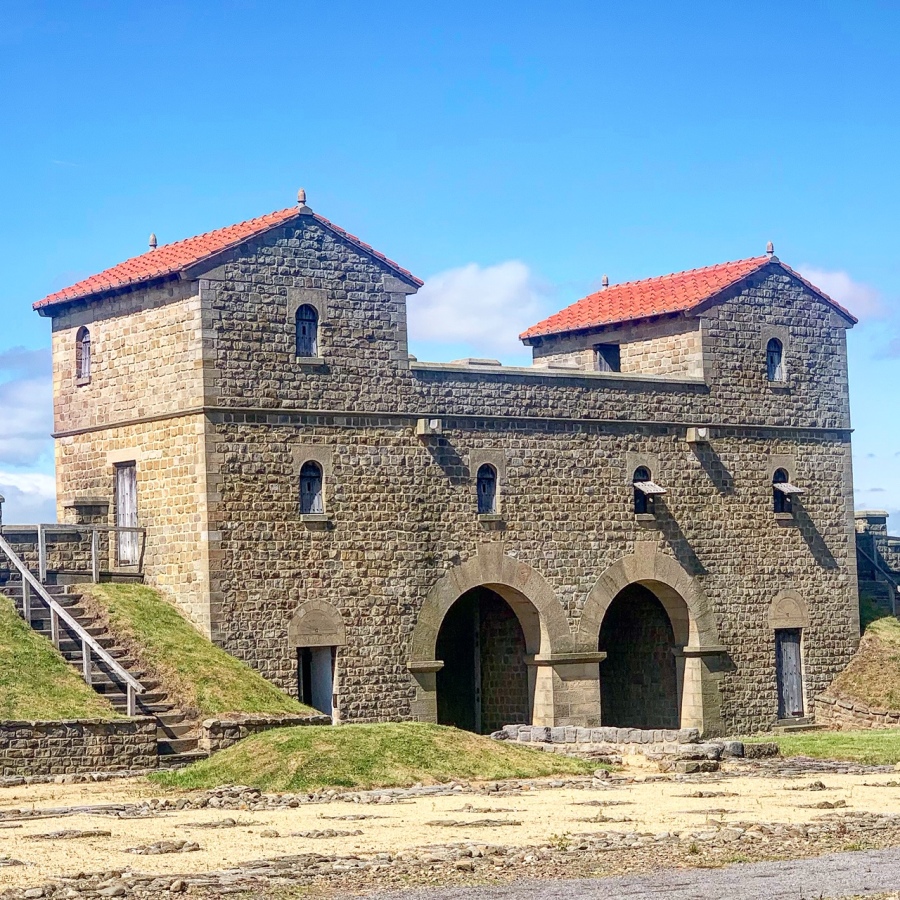Overall Impact **** 4 stars – One of the most unusual Roman forts to be found in Britain. Started off quite normal but then became the supply base for Septimius Severus’ campaigns in Scotland and thereafter for the garrison of Hadrian’s Wall – unique!
Access *** 3 stars – One of Tyne and Wear Museum Service flagship sites, Arbeia is well branded and signed. There is parking outside plus extensive beach-side car parks. (It takes some time to drive to South Shields from Newcastle, however, either through the Tyne Tunnel or by heading south down the A1 and then back up.)
Atmosphere ***** 5 stars – The Fort feels special: it has been a “People’s Roman Park” since the 1870s when the central area was exposed, and the 3 amazing reconstructions (the West Gate from AD160s, 3rd century barracks and 4th century Commander’s House) are very evocative.
Other **** 4 stars – Don’t miss the two high-quality tombstones of Regina and Victor probably carved by a Syrian craftsman in the small Museum. (The Bookshop sadly did not, however, seem to include a current Guidebook to the site when we were there.)
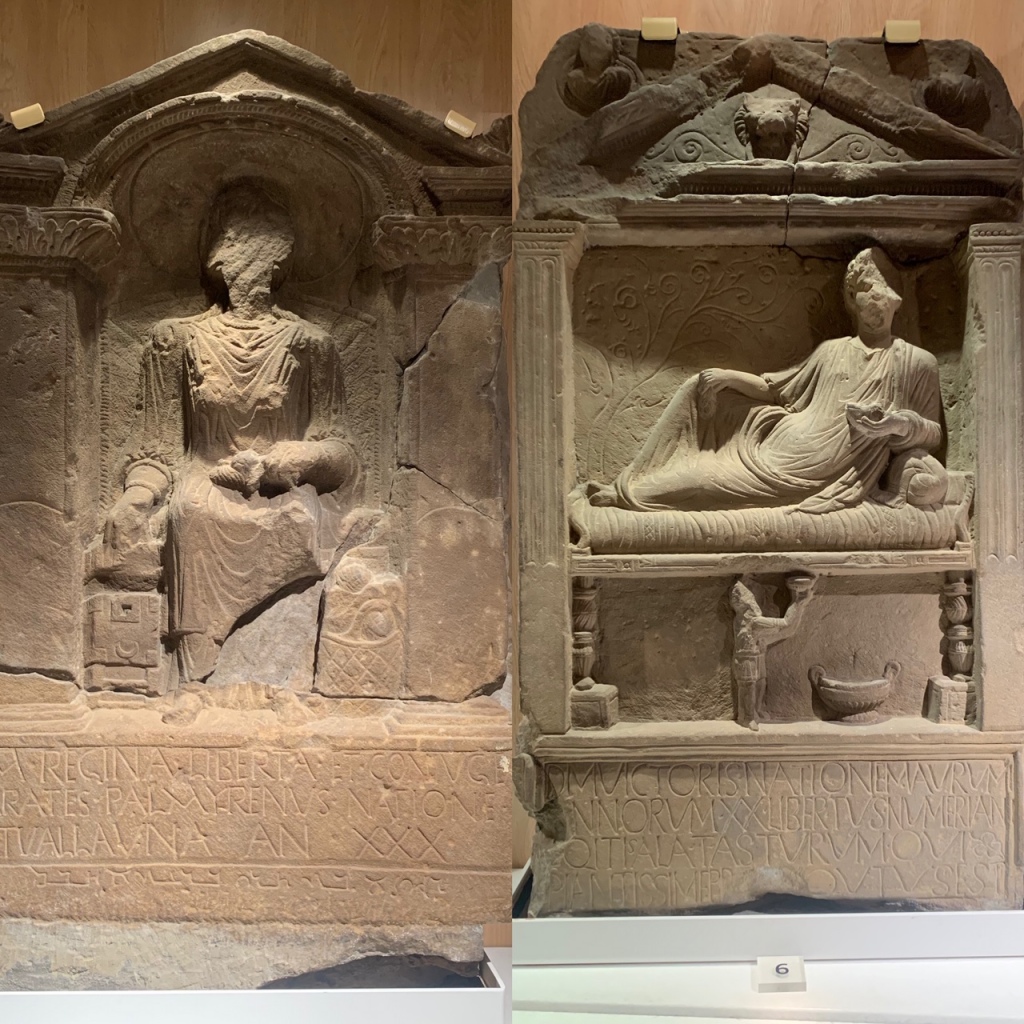
One of the most unusual forts – well worth making the effort to visit, in the Hadrian’s Wall Region or Complex but definitely not ‘on the Wall’, is South Shields or ‘Arbeia’ as it is branded at the site and on signposts.
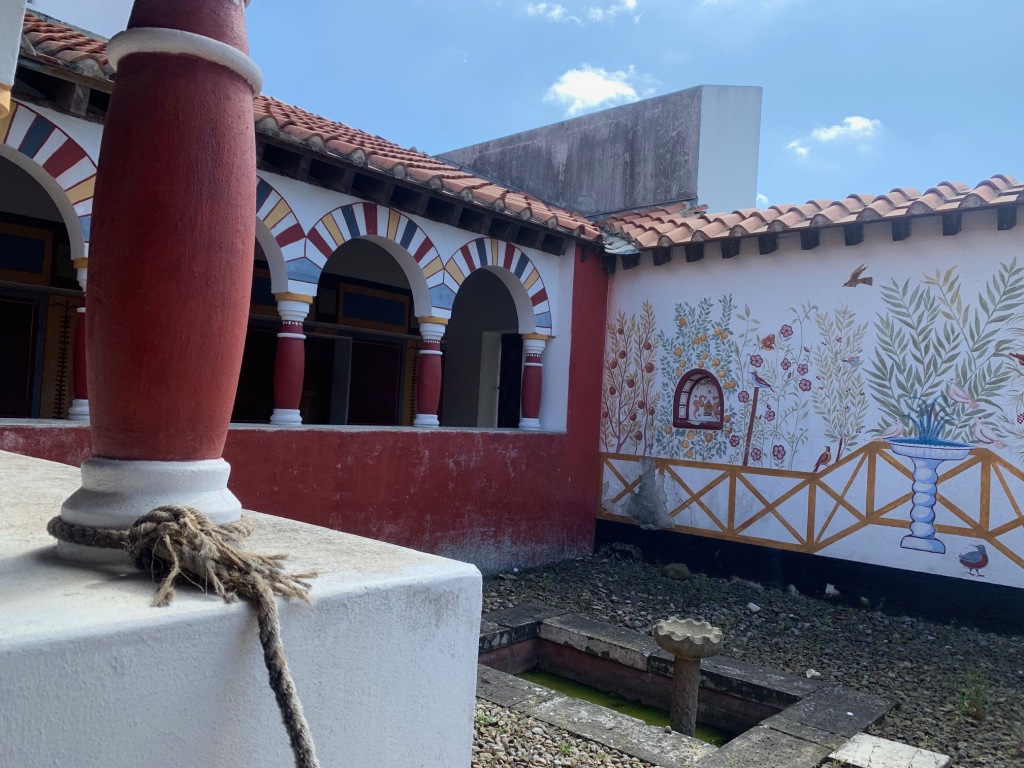
It was built as part of the Antonine re-occupation of the Tyne-Solway line in the early 160s and is a ‘bog standard’ auxiliary fort for a Cohors Equitata Quingenaria). In the middle range stands the Headquarters (Principia), facing north, with a pair of granaries to the west and the Commander’s House (Praetorium) to the east. In front of them there appear to be 6 barrack blocks (6 x 80 men = 480 infantry) and behind there are 4 cavalry barracks with urine pits for the horses in the front rooms of the conturbernia (4 x 30 = 120 troopers), housing a total of 600 troops. It feels like the twin of Wallsend built in the late AD130s and reoccupied at the same time as South Shields in the AD160s.
South Shields gets really interesting in AD207 when the fort is converted into a supply base for Septimius Severus’ campaigns in Caledonia. The fort is extended to the south and a dividing wall erected across the middle. The old Principia is demolished and a new smaller one, now facing south, is built. The barracks are removed and an amazing 13 new granaries are built which, with the two existing ones, gives 15. The poor old garrison unit Cohors V Gallorum is therefore jammed into the southern half of the site in shortened barrack blocks.
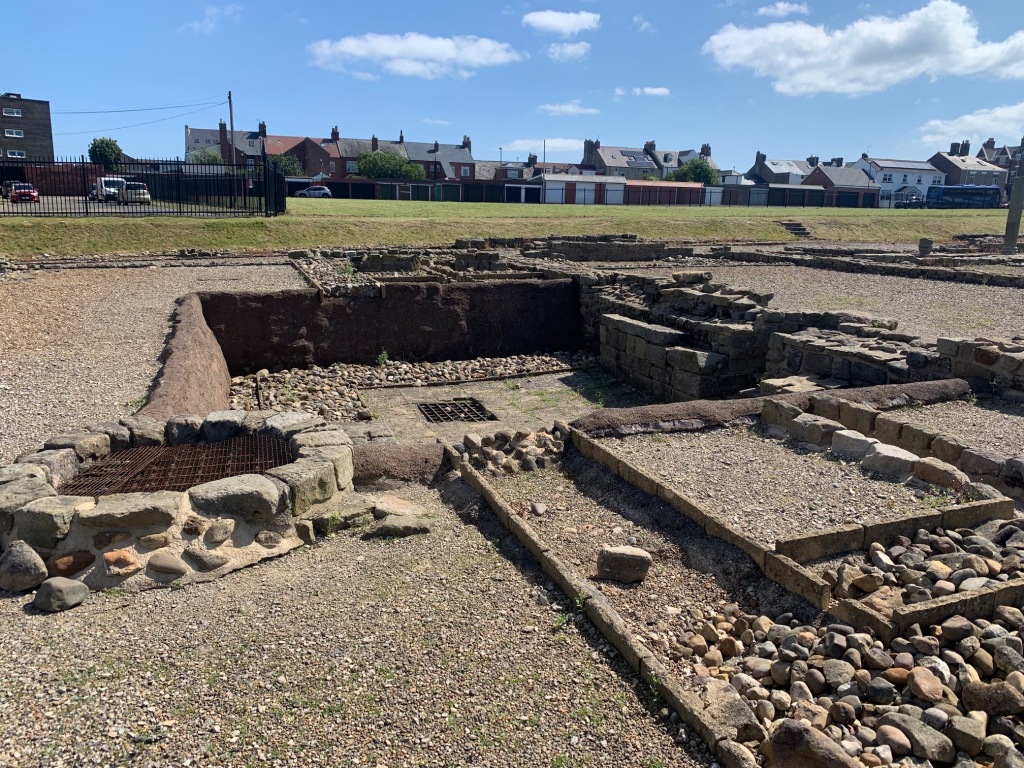
This scheme is never finished and the dividing wall is knocked down, still more granaries built, bringing the total to 22, and some more barracks are crammed into the south-east corner.
South Shields continued as a Supply Base for the Army on Hadrian’s Wall after the departure of Septimius Severus and his son (and fellow Augustus) Caracalla. Another new Principia was built and some short barracks replaced the previous ones. This role continued during the 3rd Century with grain imported from northern Gaul. Interestingly in the Notitia Dignitatum from the late 4th Century the garrison is a unit of Tigris Boatmen or Bargemen from present-day Iraq). It is an attractive theory to see these troops arriving with Septimius to transport grain and supplies up the coast to the Army in the north and staying to distribute supplies up the Tyne to the Wall garrison afterwards. Severus had previously been campaigning in the East and had created the new Province of Mesopotamia with its frontier on the Tigris. The name Arbeia is thought to be a version of ‘Arabia’ relating to this deployment. The freedwoman Regina, whose tombstone was found in the civilian settlement (vicus) here, was the wife of Barates from Palymra. Barates himself is thought to be buried at Corbridge (Coria) behind the Wall.
A disastrous fire around AD300 destroyed the fort, cause unknown. In the resultant rebuilding, eight of the granaries in the south were converted into barrack blocks, each with space for 5 conturbernia (5 x 8 men = 40), housing a total of around 320 men. The Commanding Officer of this unit – and this may be when the Tigris Bargemen were in fact deployed here – had a large, even palatial, Praetorium complete with integral bath suite and both summer and winter dining rooms. Arbeia seems to have functioned as the supply base for the Wall through the 4th Century until the breakdown of the imperial pay- and supply-chains in the early 5th century. It may well have become a centre of royal Northumbrian power thereafter.
Reconstructions
So, for everyone interested in Roman forts, this complex evolution is ridiculously interesting. And now you can add to that the three – yes, three – unique reconstructions that Paul Bidwell and the Tyne and Wear Museums Team have built.
Fort Gateway
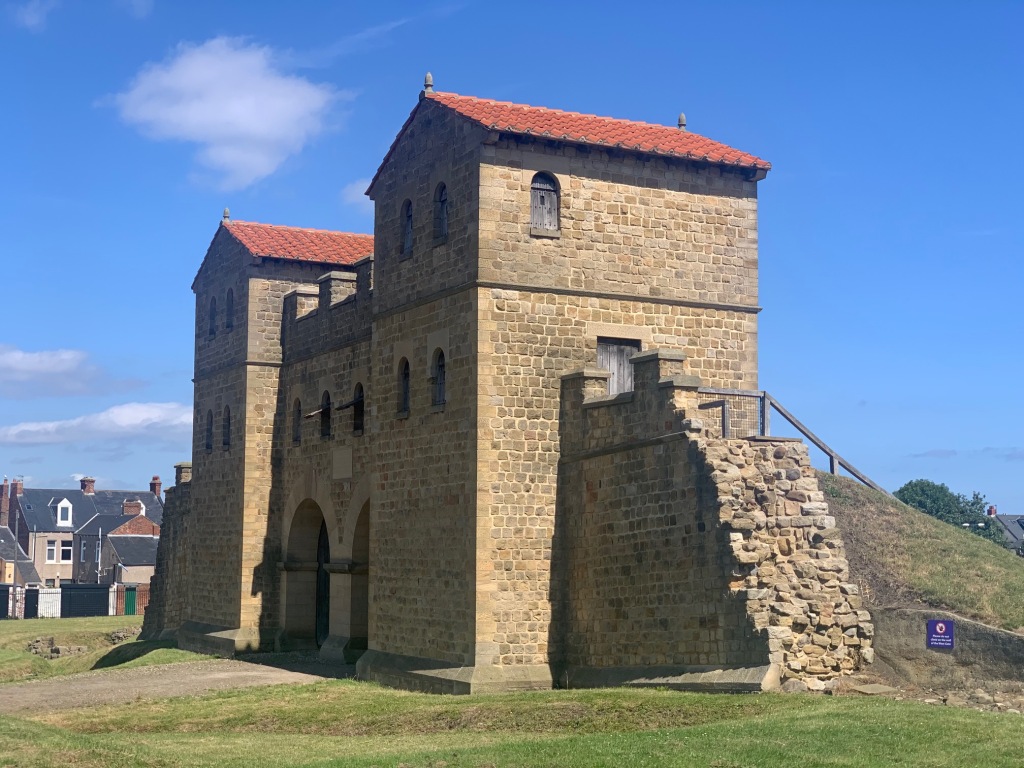
The West Gateway has been reconstructed on its foundations to its full imposing height, something which is quite common along the German Limes but scarcely ever happens in Britain. Opened in 1988, faithfully reflecting the stone fragments found on site and using Northumbrian stone externally, it brings home to visitors and school parties just how imposing a Roman fort was in the landscape. The new version has weathered its 30 years in the Tyneside climate very well.
Barrack Block
The reconstructed barrack block is one of the new types of the 3rd Century with 5 contubernia plus officers’ quarters at one end. Unlike the robust Gate, the barracks building brings home to modern eyes what a rotten, cold and often soaking wet life a Roman auxiliary led. It is built of clay-bonded stone and mud plaster coated with limewash, with internal partitions of wattle and daub. If the unit was up to strength then these rooms would have been crowded with up to 8 men and all their kit, and smoke-filled from cooking and heating. The reproductions – probably like the originals – are not surviving well in the Tyneside weather, with plaster flaking off.
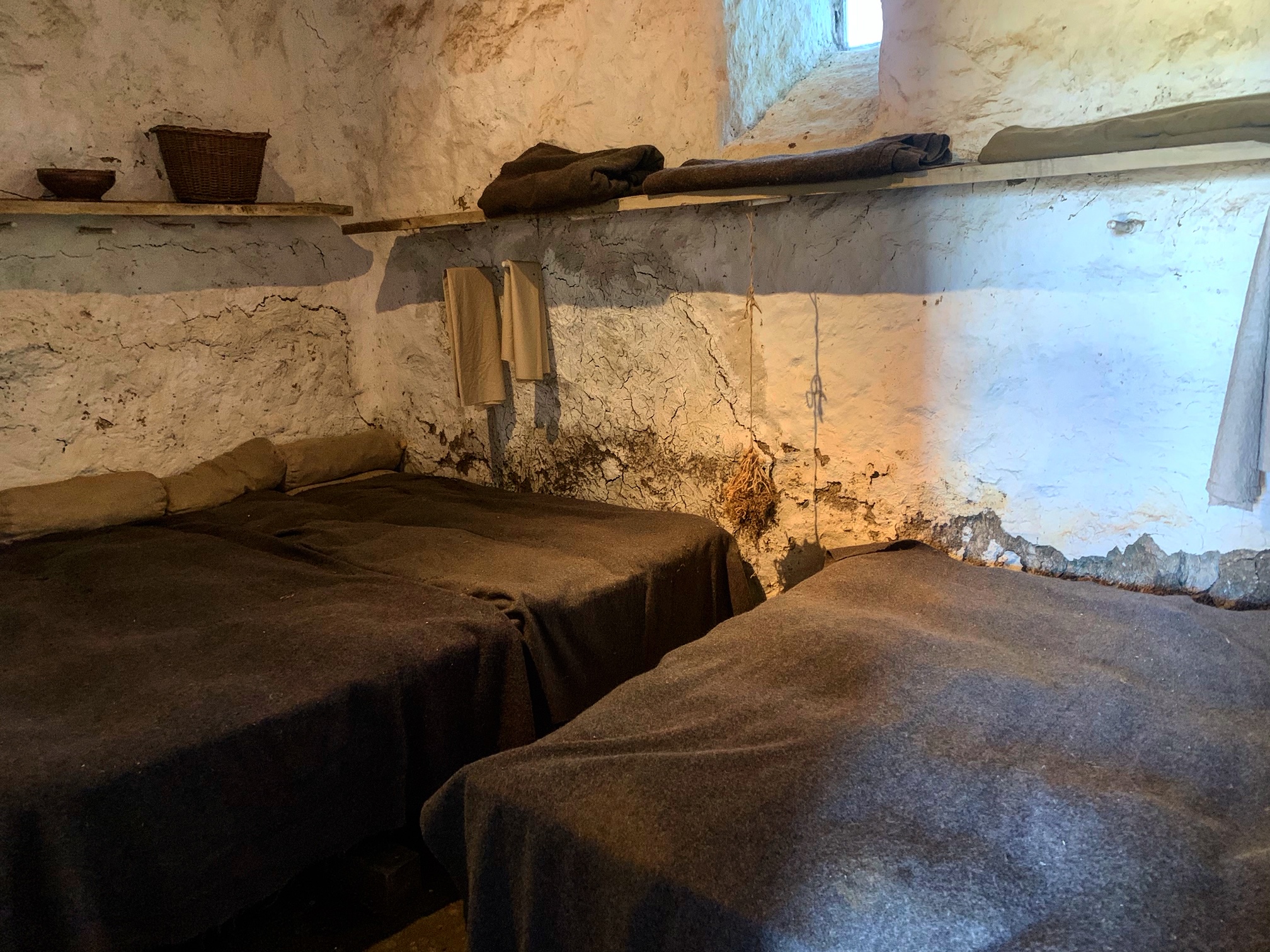
Commander’s House from the 4th Century
Next door to the crumbling barracks is a recreation (on the original foundations) of the unique Commander’s House from the 4th Century. It is decorated with tremendous panache and joie de vivre in bright colours with what to modern eyes look like naive fake painted marble and portraits of the Emperor. This suggests at what you could achieve even in the the far north-west of the Empire with local craftsmen.
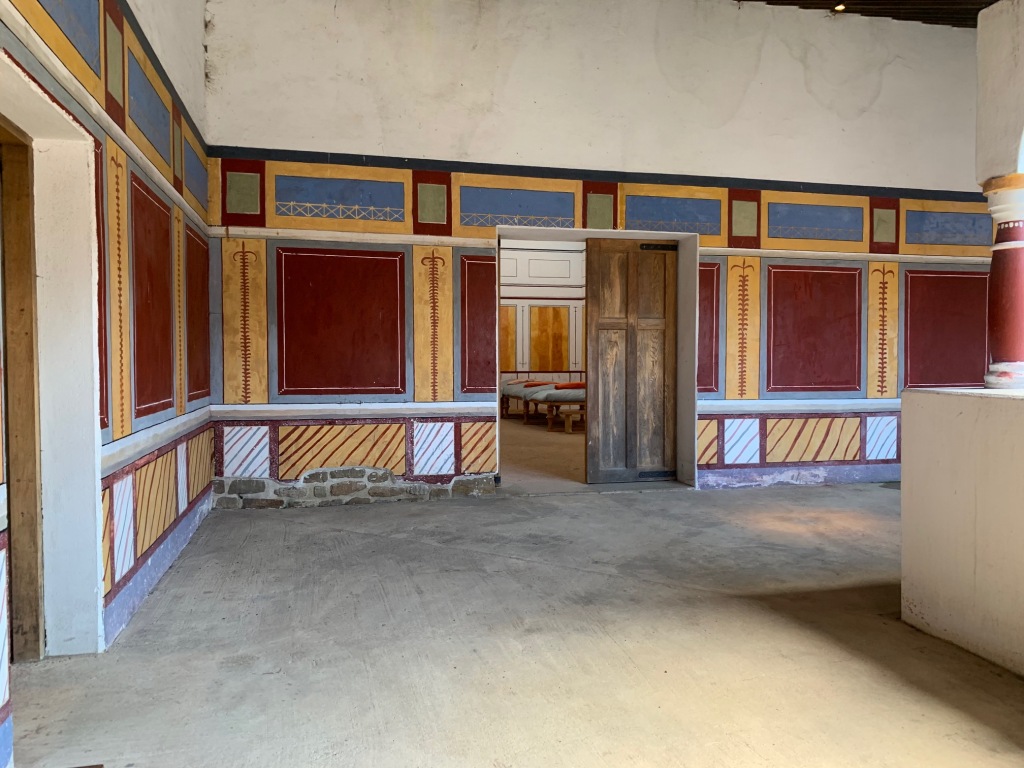
There are store rooms, the Commander’s study, two bedrooms, a vast summer dining room and a painted courtyard. Yet this still leaves the winter dining room, with extra heating, and the bath suite not reconstructed! Only the top man and his family lived in such luxury…
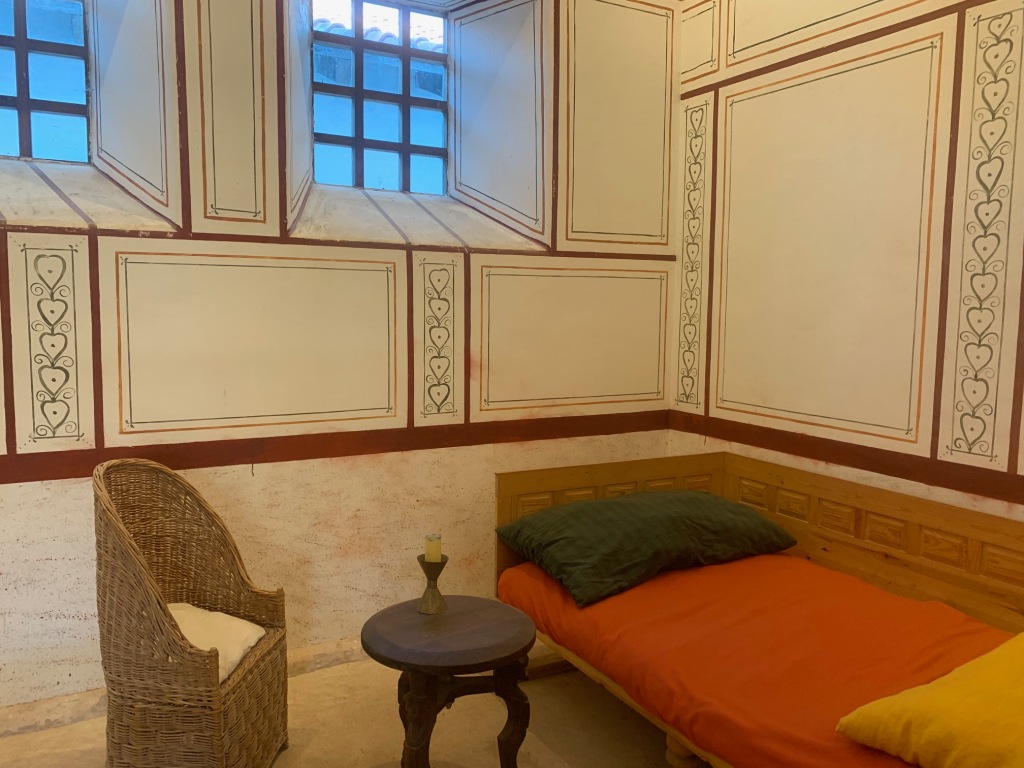
The Commander’s House is showing some wear and tear, but its impact is still like no other reconstruction we have seen. Interestingly, the reproduction Roman tiles (tegulae et imbrices), manufactured specially in Italy, let in the rain – given how they were first fitted – leading to the collapse of the painted ceiling in the dining room!
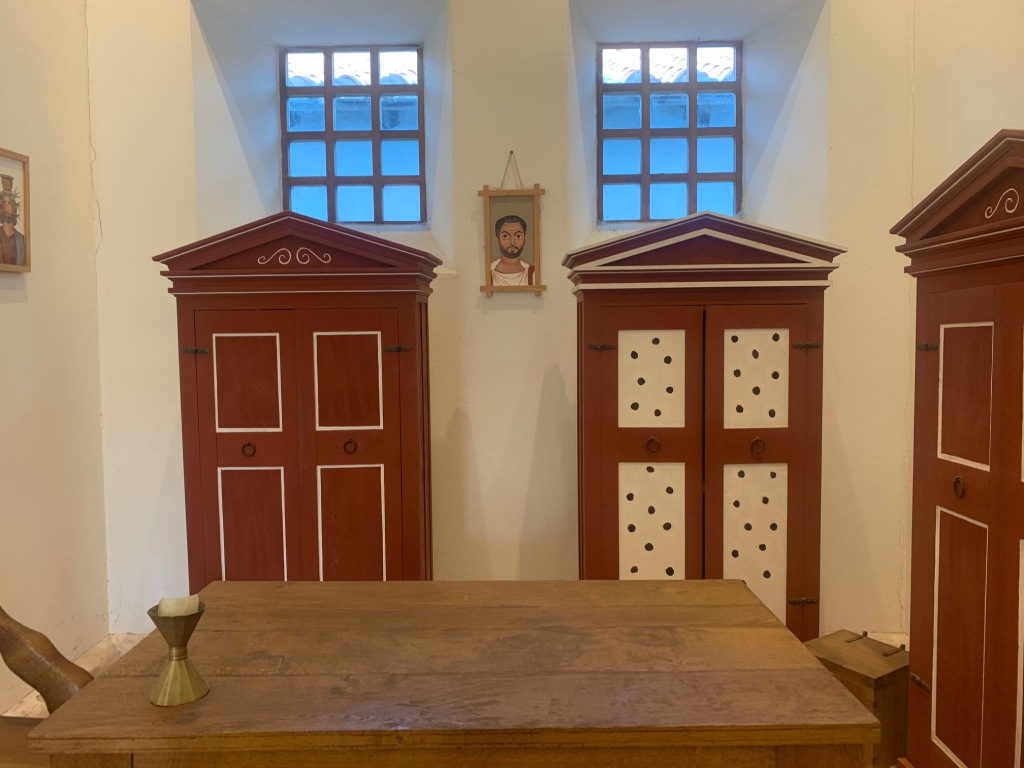
Museum
In the small but good Museum there are two high-quality tombstones probably carved by a Syrian craftsman. They are both rightly famous and provoke so many questions about the nature of society and relationships in Roman Britain. One is to Regina, a freedwoman and the wife of Barates – he was from Palmyra, she was from the Catuvellauni living around St Albans. The second is to Victor who died at 20, a former Moorish slave freed by Numerianus of the Ala I Asturum who arranged his funeral ‘with all devotion’. There is also a good range of other finds from the site.
